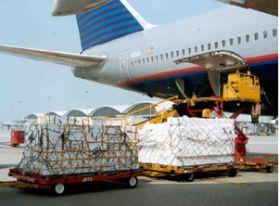
Airfreight firms must improve their perishable services to stop customers switching to seafreight, Kuehne & Nagel global business development manager for perishables logistics Natasha Solano told Air Cargo News.
Solano told the website this week that there is a trend for perishable cargo to transfer to ocean transport, partly due to the reduced cost and new ocean routes, but also because of improvements in refrigerated sea container technology which mean that temperature fluctuations during transport are greatly reduced.
With seafreight, goods are loaded into a container at an early stage in the supply chain and then not generally handled again until delivery, she explained. In contrast, airfreight goods are handled numerous times when they are loaded and unloaded onto trucks and aircraft, thus exposing them to different temperatures.
Solano said airfreight can reduce the risk of losing customers by making sure staff are educated about the impact of temperature fluctuations on perishable cargo.
She gave the example of flowers that were wilting during air transport because they were stowed close to the cargo doors, meaning when a waypoint stop was made for more cargo to be loaded, they were exposed to heat.
Another example is perishable cargo being left on the apron for long periods while the aircraft is being loaded and unloaded.
Qatar Airways senior manager cargo products David Beecham told Air Cargo News his company had avoided this problem by using temperature controlled vehicles to take cargo directly to and from the loading ramp. This meant perishable cargo would be exposed for as little as 40 seconds.
It had also introduced uniform standards of practice across its network.
Solano added that the quality of transport service was becoming increasingly important because retailers, as opposed to producers, were taking charge of the supply chain.






No comments yet